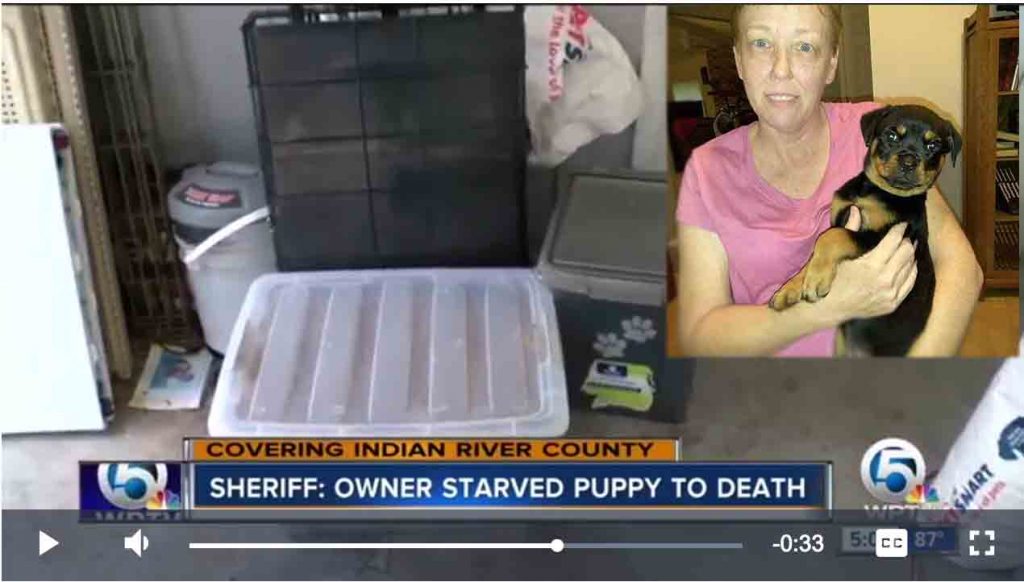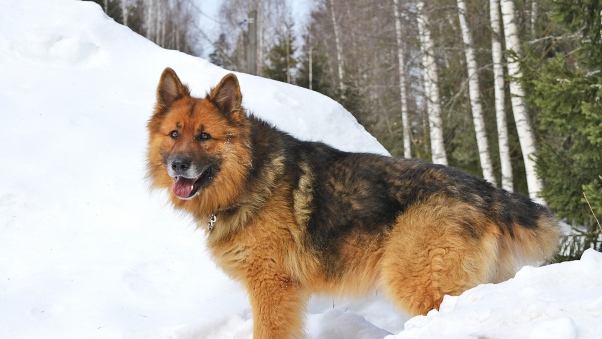Has your pet started to leave pee puddles at home?
⠀
▫️Does he have trouble waiting until your arrival at home to go for a walk?
⠀
▫️Does he urinate more often than usual?
⠀
▫️Have pee puddles become very small or, on the contrary, too big?
⠀
✔️Many dog owners are familiar with these issues. And even though it might seem that only a professional can help to solve them, the professional you should turn to in the first place is a vet.
This is the only way to make sure that there are no urinary system problems at play:
⠀
🔴Cystitis (bladder infection);
⠀
🔴 Vesical calcification (formation of vesical stones in kidneys, ureter and bladder);
⠀
🔴Acute and chronic kidney disease.
⠀
There might be several reasons for these:
⠀
◾️Irrational eating.
⠀
There must be a balance of mineral substances in the diet (magnesium, calcium, phosphorus).
⠀
!Feeding your dog cheap dog food may lead straight to vesical calcification;
⠀
◾️Chronic or inflammatory processes.
⠀
Pathogenic microflora may predispose to stone formation, because vital activity of microorganisms synthesizes insoluble minerals;
⠀
◾️Dehydration.
Water deficiency or drinking hard running water may lead to urinary tract diseases too;
⠀
◾️Sedentary lifestyle and obesity.
This leads to metabolism problems and, consequently, urinary tract problems;
⠀
◾️Chronic and acute urinary tract obstruction;
⠀
◾️Neoplasia in the organs of the urinary tract;
⠀
◾️Hormonal disbalances
Calcium levels in the blood is regulated by parathyroid hormone, hypofunction of which leads to a decrease in the concentration of calcium in your pet’s blood.
Hyperfunction of this hormone leads to the increased calcium levels in blood and urine;
⠀
◾️Hereditary, genetic and breed-related predisposition.
⠀
This is why punishing your pup or training him is not always a way out. Visit a vet to detect any possible health problems first.

